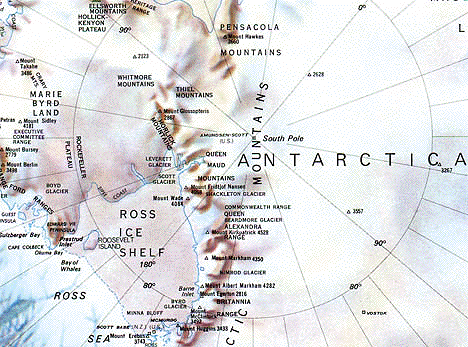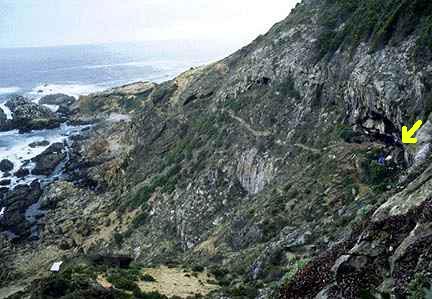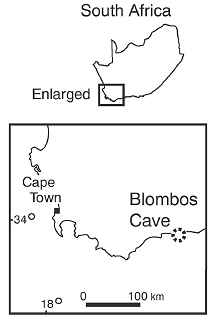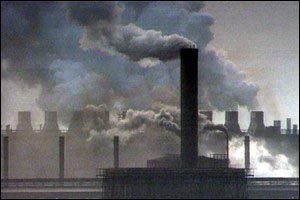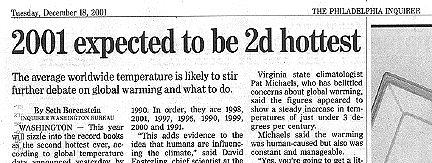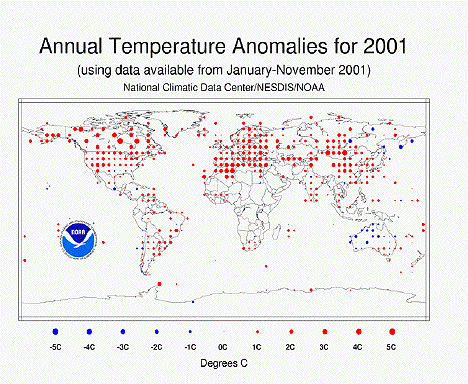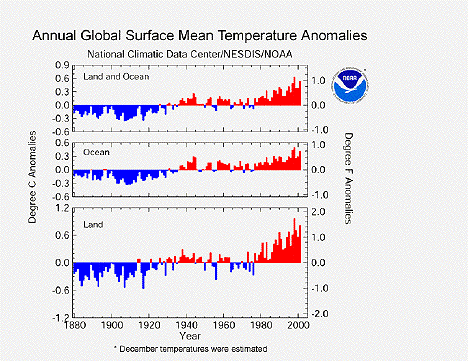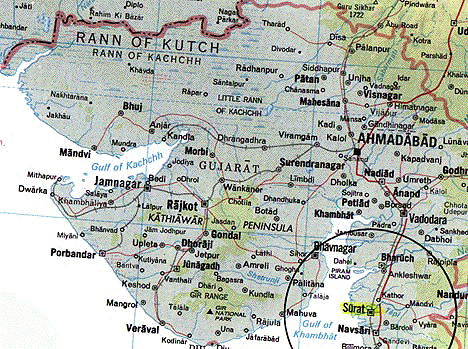
You can hear Real Audio of this report
provided by 1090WJKM Radio
Cedar Vine Manor, Lebanon, Tennessee
February 16, 2002 Surat, India - A month ago in mid-January, marine scientists in India announced they had sonar images of square and rectangular shapes about 130 feet down off the northwestern coast of India in the Gulf of Khambhat (Cambay). Not only are their sonar shapes with 90-degree angles, the Indian Minister of Science and Technology ordered that the site be dredged. What was found has surprised archaeologists around the world and was the subject of a private meeting two weeks ago attended by the Indian Minister in charge of investigating the underwater site about thirty miles off the coast from Surat.
Click here to subscribe and get instant access to read this report.
Click here to check your existing subscription status.
Existing members, login below:




